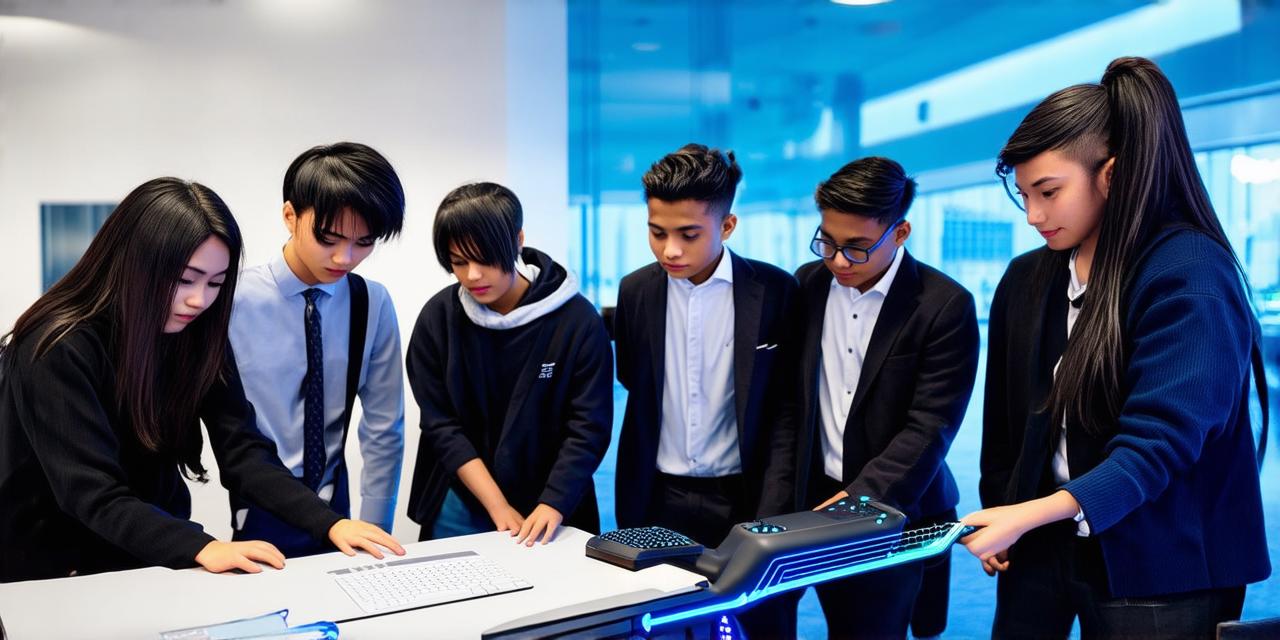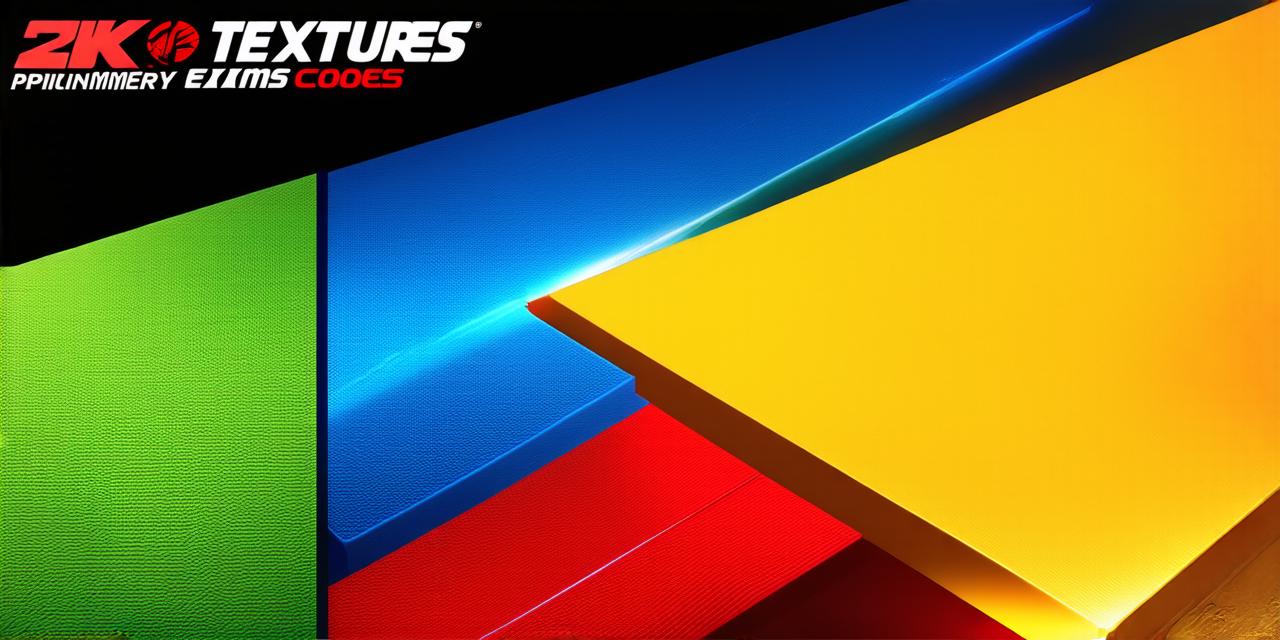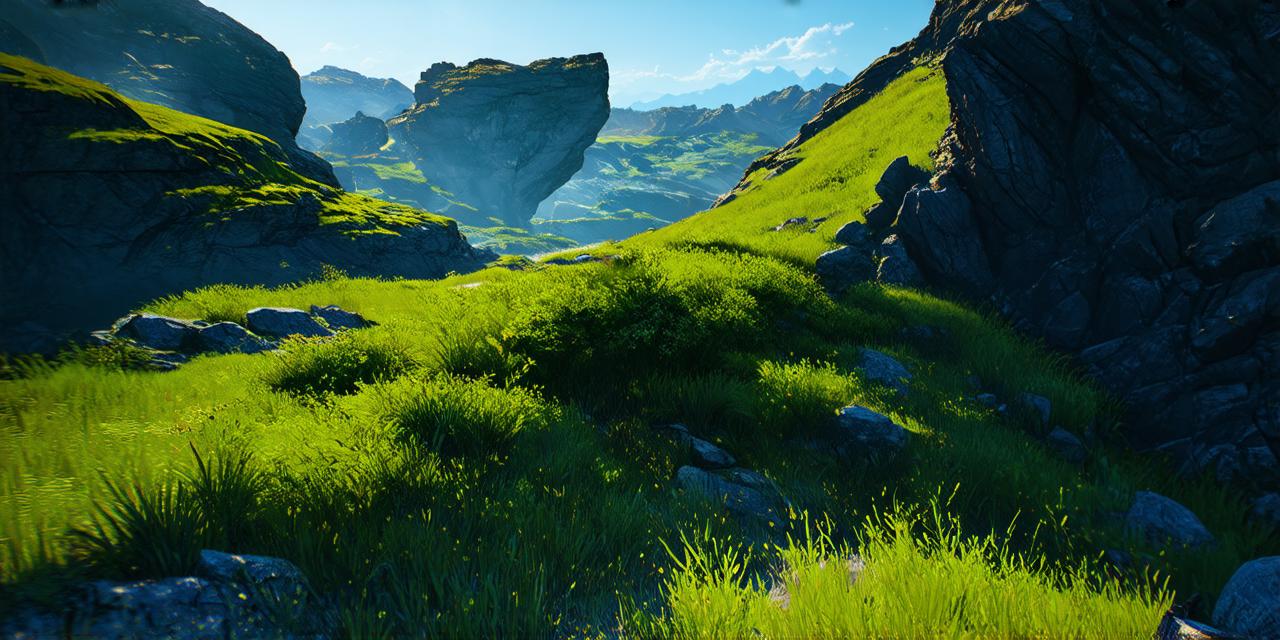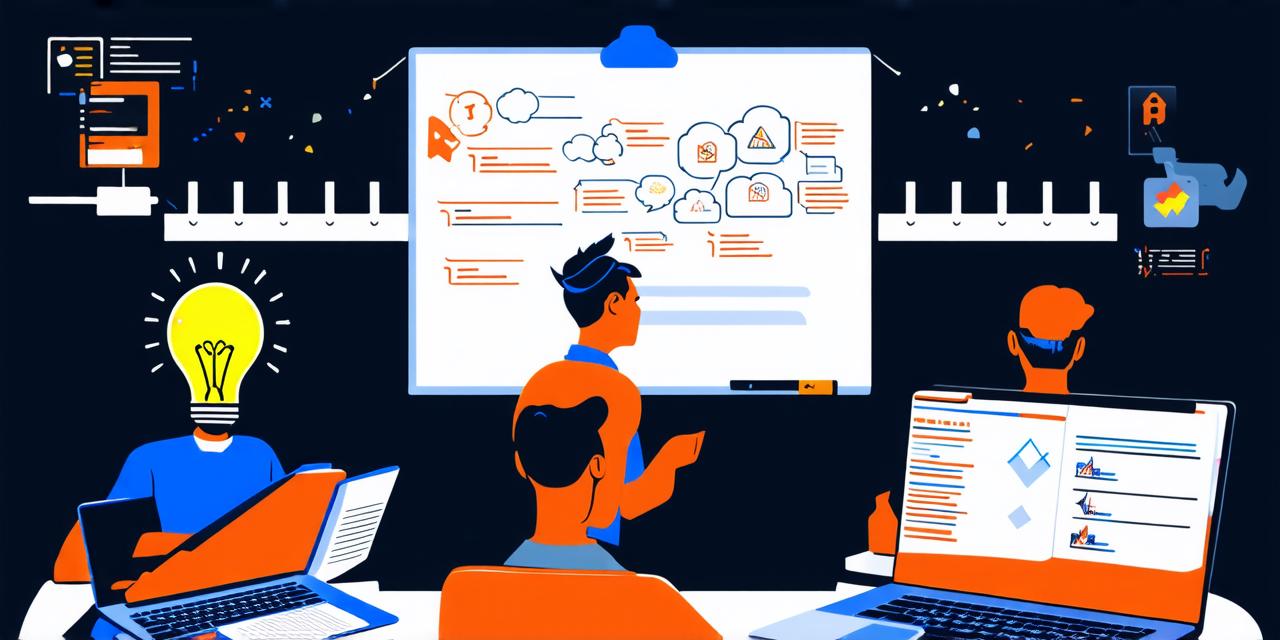Are you looking to create your own game? Do you want to know what it takes to turn your idea into a fun and engaging experience for players? Look no further than this article! In this piece, we will explore the three main phases of developing a game and how to navigate each one successfully.
1. Conceptualization

The first phase of game development is conceptualization. This is where you come up with the initial idea for your game. You need to determine what type of game you want to create, who your target audience is, and what features will make your game stand out. This can be a challenging process, but it is essential to get it right in order to ensure that your game will resonate with players.
One of the best ways to start the conceptualization phase is to brainstorm ideas. Get together with friends or family members and discuss what types of games you enjoy playing. This can help you come up with a unique concept that will appeal to your target audience. You should also consider the platform on which you want to release your game. Will it be a mobile app, console game, or PC game?
Another important aspect of the conceptualization phase is creating a game design document (GDD). This is a document that outlines the overall vision for your game, as well as specific details about the gameplay mechanics, characters, and world. A GDD can help you stay organized and focused throughout the development process.
2. Production
The second phase of game development is production. This is where the actual work begins. You need to create the game’s assets, such as the art, sound effects, and music. You also need to write the code that will bring your game to life. This can be a complex process, but with careful planning and attention to detail, you can create a fun and engaging game.
One of the most important aspects of the production phase is testing. You need to test your game regularly to ensure that it is functioning properly and that players are enjoying it. You should also consider bringing in beta testers to provide feedback on your game before it is released. This can help you identify and fix any issues before they become major problems for players.
Another important aspect of the production phase is project management. It is essential to have a clear plan in place and to track progress regularly. You should also consider using agile development methodologies, such as Scrum or Kanban, to help you stay on track and deliver your game on time.
3. Release and Post-Launch Support
The final phase of game development is release and post-launch support. This is where you need to launch your game and start promoting it to your target audience. You should consider using social media, advertising, and other marketing tactics to get the word out about your game.
Once your game has been released, you need to provide ongoing support to keep players engaged. This can include updating the game with new content, fixing bugs, and responding to player feedback. It is essential to listen to your players and make changes based on their suggestions. This can help you build a loyal fan base and ensure that your game continues to be enjoyable for players long after it has been released.
Real-Life Examples
One great example of the three phases of game development in action is the creation of Minecraft. The initial idea for Minecraft was conceived by Markus Persson, who spent several months brainstorming and developing the game’s concept before moving on to production. He worked with a small team of developers to create the game’s assets, including the art, sound effects, and music. Once the game was ready, it was released in 2009 and quickly gained popularity among players. Persson continued to provide updates and support for the game, which helped keep players engaged and coming back for more.
Another great example is the creation of Angry Birds. The initial idea for Angry Birds was conceived by Riikka Kemppinen, who worked with a small team of developers to bring the game to life. They spent several months testing and refining the game before releasing it in 2009.




